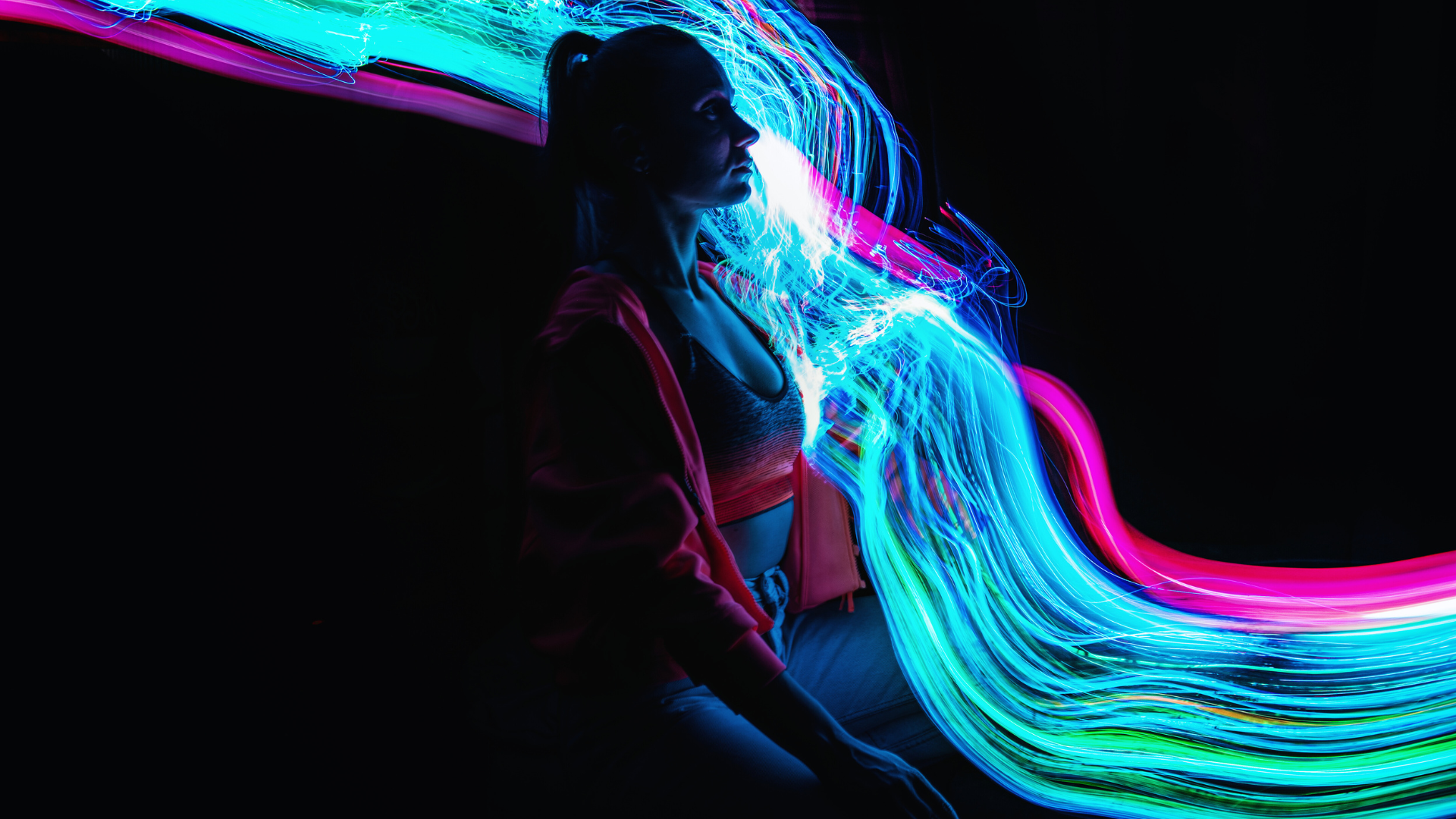The intersection of music and fashion has long been a vibrant space for self-expression, creativity, and cultural dialogue. This merging not only influences trends but also shapes identity within youth culture, allowing individuals to convey authenticity through their choices. From iconic musicians setting new styles to the impact of fashion on live performances, these two realms continuously inspire one another.
Fashion often serves as a canvas for musical expression, with artists using clothing to amplify their messages or personas. As styles evolve, so does the way music and fashion intersect, making it crucial for both industries to adapt and respond to the changing tastes of their audiences. The synergy creates a dynamic landscape where each influences the other, reflecting broader societal shifts.
In a world that values individuality, the blend of music and fashion offers a unique platform for creativity. It empowers individuals to curate their identities, showcasing how deeply intertwined these two elements are in shaping perceptions and cultural movements. Understanding this relationship reveals much about contemporary youth culture and its evolving nature.
The Symbiosis of Music and Fashion
Music and fashion have long shared a dynamic relationship, each influencing the other in profound ways. This connection manifests in cultural movements, style evolution, and collaborative projects that define both industries.
Historical Ties and Cultural Influence
The interplay between music and fashion dates back decades. In the 1950s, rock ‘n’ roll icons like Elvis Presley popularised leather jackets and pompadours, setting trends that reverberated through youth culture. The 1960s saw The Beatles and their tailored suits introduce a refined aesthetic, while the counterculture movement embraced tie-dye and bohemian styles.
In the 1970s and 1980s, punk music emerged alongside a fashion revolution characterised by ripped clothing, DIY aesthetics, and bold accessories. These styles were not just statements but reflections of the socio-political climate. Beyond genres, musicians have often mirrored cultural shifts, influencing generational styles and cultural narratives.
Hip-Hop and Streetwear Connection
Hip-hop culture has radically transformed fashion since its inception in the late 1970s. Artists like Run-D.M.C. popularised sportswear, setting a precedent for streetwear’s evolution. This genre intertwined music with apparel, leading to brands like Adidas gaining prominence through endorsements and collaborations.
As hip-hop grew, so did its influence on mainstream fashion. The late 1990s and early 2000s saw baggy jeans, oversized tees, and caps become staples. Today, this culture fuels luxury streetwear, with many designers drawing inspiration from hip-hop aesthetics. Collaborative efforts between musicians and fashion designers have become commonplace, further solidifying this connection.
Iconic Music-Fashion Collaborations
Collaborations between musicians and fashion designers have produced memorable and impactful moments. An example is Beyoncé’s partnership with Adidas for her Ivy Park line, which combines athletic wear with high-fashion elements. This initiative highlights the crossover appeal and compatibility of the two industries.
In another notable instance, Rihanna’s Fenty line brought inclusivity and boldness to the forefront, influencing both music and fashion landscapes. Her innovative designs resonate with fans and change perceptions of celebrity fashion. These collaborations exemplify the potential of merging creativity from both realms, often resulting in clothing that transcends traditional fashion norms.
Fashion in the Digital Age
The digital landscape has transformed fashion by integrating technology and social interaction. This has reshaped how trends are established and disseminated, influencing consumer behaviour and engagement.
Influence of Social Media on Fashion Trends
Social media platforms such as Instagram, TikTok, and Pinterest serve as vital spaces for the dissemination of fashion trends. Users share outfits, styling tips, and brand collaborations, creating a dynamic marketplace for ideas.
Key Points:
- Instant sharing facilitates rapid trend evolution.
- Visual content drives followers to adopt new styles quickly.
The hashtags and challenges that often accompany these posts can create viral sensations, propelling specific clothing items or styles into popularity. With algorithms personalising content, users are exposed to trends that match their preferences, prompting quicker adoption.
Evolving Role of Influencers and Brand Ambassadors
Influencers have reshaped marketing strategies by acting as relatable figures who connect brands with target demographics. Many influencers focus on niche audiences, allowing brands to reach specific market segments effectively.
Important Aspects:
- Authenticity is critical; followers seek genuine endorsements.
- Micro-influencers often yield higher engagement rates.
Brand partnerships with influencers can lead to increased visibility of fashion items. Collaborations between influencers and brands often result in exclusive collections that excite followers, making it easier for consumers to engage with new styles.
Engagement Through Personalised Advertising
Personalised advertising has become integral to fashion marketing strategies. Brands collect data on consumer behaviour to tailor advertisements that resonate with individual preferences.
Significant Details:
- Targeted ads increase the likelihood of consumer interaction.
- Tools like cookies and tracking pixels gather data to refine marketing efforts.
This level of engagement often results in higher conversion rates. By delivering tailored content, brands enhance the shopping experience and build stronger connections with their audience, especially among the youth culture that predominates digital platforms.
Consumer Experience and Authenticity
The intersection of music and fashion significantly enhances consumer experience, particularly in the realm of self-expression. Authenticity plays a crucial role, as consumers seek genuine connections with brands. This section will examine festival fashion, brand authenticity, and privacy issues affecting user trust.
Festival Fashion and Consumer Self-Expression
Festival culture serves as a vibrant platform for individual self-expression through fashion. Attendees curate unique looks that reflect their personal identities and musical affiliations. This experience fosters a sense of belonging within communities, where shared styles become markers of group identity.
Fashion choices at festivals often showcase eclectic mixes of trends, vibrant colours, and bold accessories. Many attendees emphasise sustainability by choosing eco-friendly brands to align their values with their fashion statements. This conscious consumption reflects a deeper understanding of personal identity and the role of fashion in self-representation.
The Significance of Authenticity in Branding
Authenticity in branding is paramount for consumer engagement. Brands that successfully align with consumers’ values achieve loyalty and trust. For fashion brands intertwined with music, authenticity involves a commitment to quality, relevance, and transparency.
Collaborations between musicians and fashion designers often amplify brand narratives, reinforcing the connection between style and sound. When brands authentically engage with their target audience, they create emotional ties that enhance consumer relationships. These connections encourage consumers to advocate for the brand, thus expanding its reach in the market.
Privacy Concerns and User Trust
In an increasingly digital landscape, privacy concerns shape consumer trust. Brands collecting personal data must prioritise transparency about how information is used. Consumer consent is essential in fostering trust and loyalty.
Privacy settings should be clear and easily accessible, giving users control over their data. A brand that respects user privacy enhances its reputation and strengthens consumer relationships. Creating a safe environment for data sharing allows consumers to engage authentically, contributing to a more genuine experience in the merging of music and fashion.







